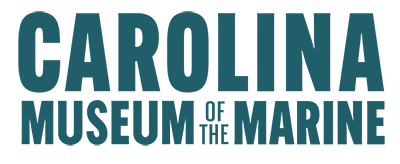Front and Center Newsletter – Vol. 2, No. 3, March 2024
Meet the Marine. Be Inspired.
FRONT AND CENTER
Vol. 2, No 3, March 2024
Mission
Honor, preserve, and teach the legacy of Carolina Marines and Sailors.
Showcase the Marine example to inspire future generations.
.
Message from the CE0
Dear Marines and Sailors, Friends and Family,
We are excited to announce that we are planning to have a Groundbreaking Ceremony on 17 May at 0830 on the future site of the Museum (official invite and notification pending). You are all invited, and we look forward to seeing you and celebrating this special day.
Your support over these many years has made the difference….THANK YOU!
As many of you are aware, we held a “Sneak Peek” event in Jacksonville, NC for the community and shared the initial pictures of the building and renderings of the exhibits. It was a well-attended event (~250) and we received lots of positive feedback. For those that could not attend, you can see the details here.
Stay tuned for more announcements and details as we prepare for the groundbreaking ceremony and the start of construction. Exciting times ahead!

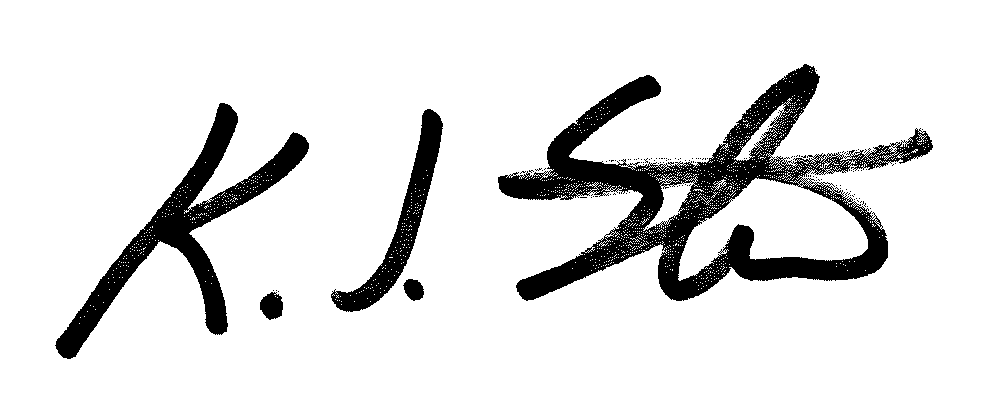
BGen Kevin Stewart, USMC (Ret)
Chief Executive Officer
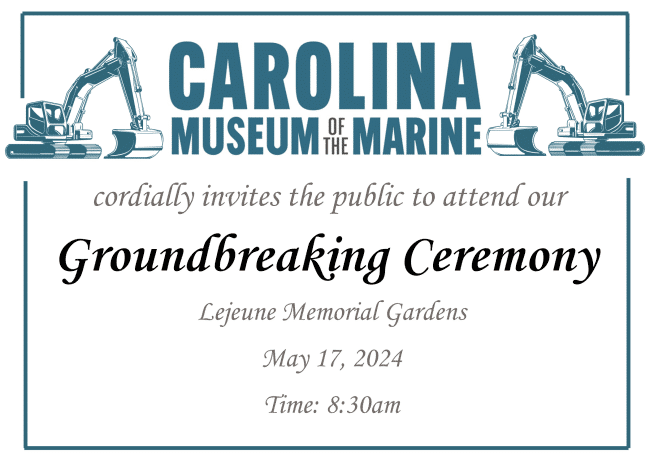
General Al Gray’s birthday guests stopped by to talk about their experiences with the 29th Commandant over his many years of service to this nation.
Below, LtGen Dennis Hejlik, USMC (Ret) was among the stars who attended. LtGen Gaskin is currently serving as Secretary of the NC Department of Veteran and Military Affairs.
(See all of the interviews celebrating General Gray and his legacy at General Al Gray’s 95th Birthday.)
Studio Back Online
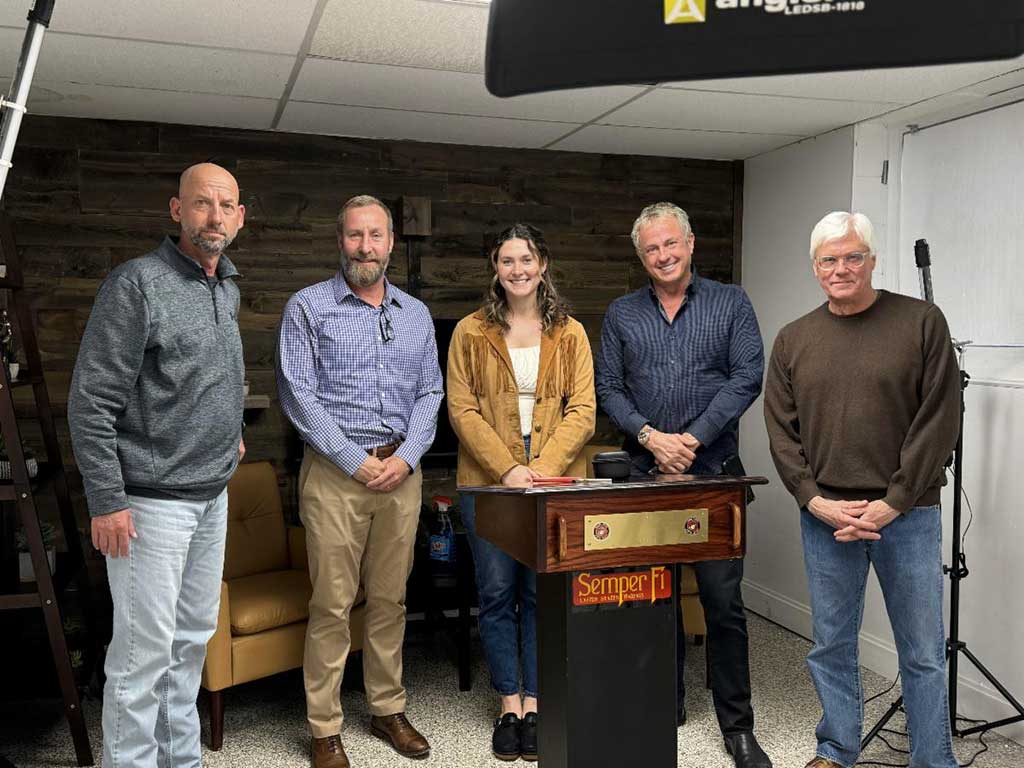
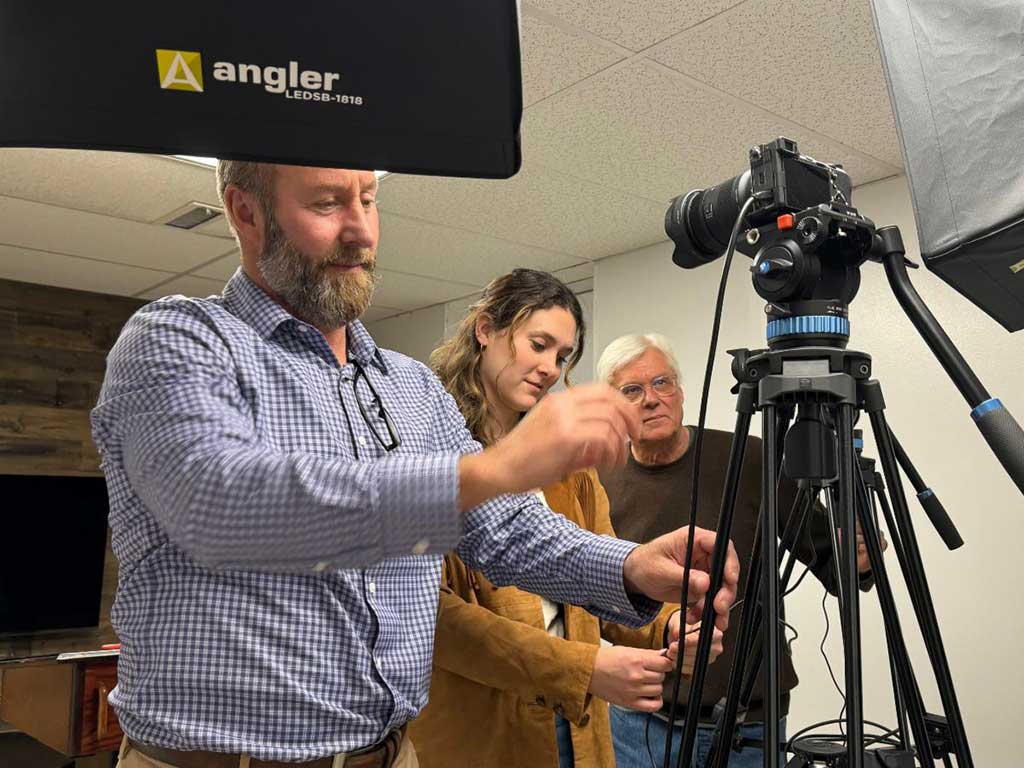
After several weeks offline due to flooding, we were happy to get the Al Gray Marine Leadership Forum’s studio back up and running! Many thanks to David Rooks, Rooks Advertising Agency, for coming up to train us!
Top L to R: Operations Director SgtMaj Steve Lunsford, USMC (Ret), CEO BGen Kevin Stewart, USMC (Ret), Exhibit Manager Kristen Honaker, David Rooks, and Marine Veteran James Danielson. PhD.
Bottom L to R: Stewart, Honaker, and Danielson learn the camera set-up process.
Marine Corps Traits and Principles of Leadership, Part 5
by James Danielson, PhD
Marine Veteran
In his excellent book Memoirs of a Superfluous Man, Albert Jay Nock discusses in part his impatience with what he calls “social legislation” aimed at improving society presumably by improving human beings through the force of law. In an interesting discussion of a long-time friend who had been active in the effort to compel human beings to improve, Nock reports the following: “In a conversation with me not many months ago, this friend said mournfully, ‘My experience has cured me of one thing. I am cured of believing that society can ever be improved through political action. After this, I shall cultivate my garden.’ “[i] Nock responds to his friend’s statement saying: “To my mind, those few concluding words sum up the whole social responsibility of man. The only thing that the physically-human being can do to improve society is to present society with one improved unit. In a word, ages of experience testify that the only way society can be improved is by the individualist method… that is, the method of each one doing his very best to improve one.”[ii]
Nock’s statement here captures well the Marine leadership principle of setting the example for others. Yet Nock’s statement can be understood as urging each of us to be the example. Carolina Museum of the Marine is located in Jacksonville, North Carolina, and here, in North Carolina, our state motto is Esse Quam Videri: “To be, rather than to seem.” We will consider the present principle of Marine Corps leadership from this perspective. Reading about the principle “set the example” we find that “it might be one of the most crucial (and subtle) aspects of a good leader.” We’re familiar with the observation that people can say anything, and many do, but if we want to know someone’s intent, look at what he does. So, leading by example is a form of communication without words, and this explains its subtlety (and suggests a difficulty presented by people among us who are insufficiently attuned to subtlety to understand this form of communication).
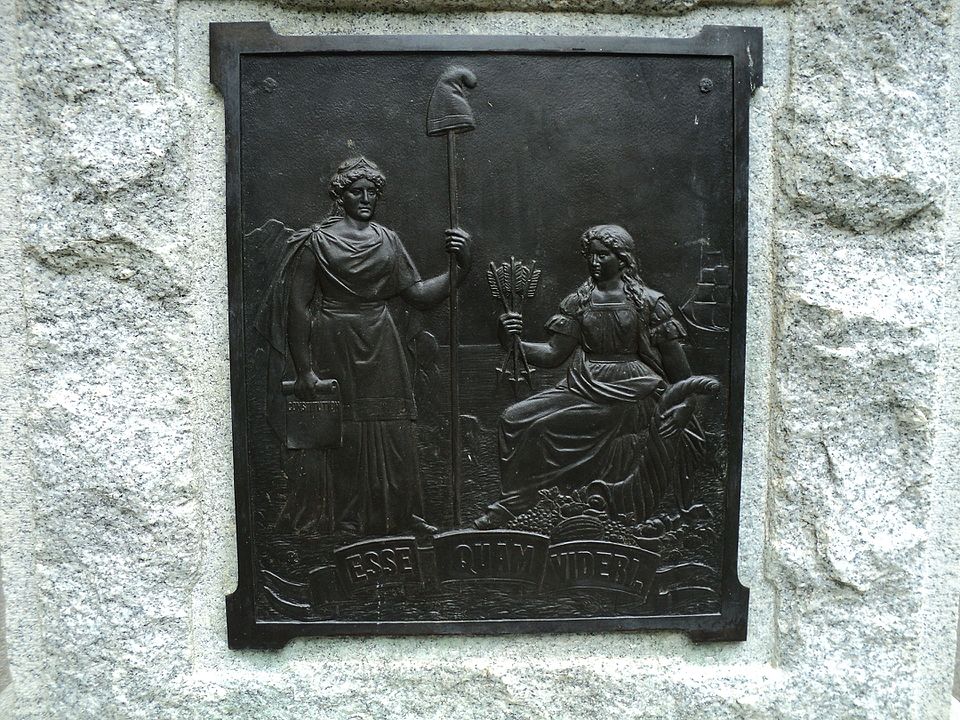
By Marmaduke Percy – Own work, CC BY-SA 3.0, https://commons.wikimedia.org/w/index.php?curid=10499814
“Leaders who lead by example usually start good habits because they serve as a quality example of how to act and respond.” This is an interesting assertion because it identifies the importance of good habits, and implies that when people see good habits displayed by others, many want to imitate them, and develop them. In the history of moral philosophy, the concept of habit is important because habits are how we distinguish virtues from vices, and this helps us to see clearly the notion of leading by example not so much as a technique, though this is needed at times, but as a consequence of the kind of person a leader is. A well-developed person will lead by example as a function of being a well-developed person. There are moral habits because we have the power of free choice, and there are intellectual habits because we have minds. Moral and intellectual habits work together through the virtue of prudence. A well-known study of this describes the relation of moral to intellectual virtues this way. “Good operative habits are called by Aquinas [d. 1274 A.D.] ‘virtues’ and bad operative habits ‘vices.’ But he was not content with this distinction, and he followed Aristotle in distinguishing between the moral virtues which incline a man’s sensitive appetite to act in accordance with right reason, and the intellectual virtues, which perfect a man’s rational powers.”[iii] So we see here the important distinction between moral and intellectual virtues, and then our author shows how they relate one to another. “But it is not possible to have the moral virtues without the intellectual virtue of ‘prudence’ which inclines us to choose the right means to the attainment of the objective good or to have prudence without the moral virtues. We cannot therefore dissociate altogether the moral from the intellectual virtues.”[iv]
We may think of virtues, then, as “good operative habits,” and in thinking of it this way, it is clear that there are many good operative habits. In the intellectual tradition of “virtue ethics” there are four cardinal virtues: wisdom, courage, prudence, and justice. These, however, are only the primary habits from which the others get their definitions. It is a function of justice, for example, to develop thegood operative habits of honor and commitment, because these have directly to do with how we interact with others. The good operative habit of commitment, in turn, requires us to tell the truth, be honest, and keep promises. Moreover, acting according to good operative habits makes one’s life pleasurable and orderly, which are important elements of the inner peace that makes one happy.
“For he [Aquinas] was convinced that we need virtuous habits on three counts,…namely that we may be able to act uniformly, readily, and pleasurably in accordance with right reason. Man perfects himself and develops towards the attainment of the objective good in and through activity; and habits are one of the most important influential factors in activity.”[v]
So, leaders who set the example for others do so most effectively when the example they set comes from within, from possession of good operative habits. We read also that such leaders inspire in others the desire to improve, to acquire the good operative habits of the leader, and in this way, the entire team may become better both at their mission, and also as individual persons, thus embracing Albert Jay Nock’s conception of an individual’s responsibility to society, which is to present it with one improved unit. Read More…
Navy Corpsmen at Iwo Jima
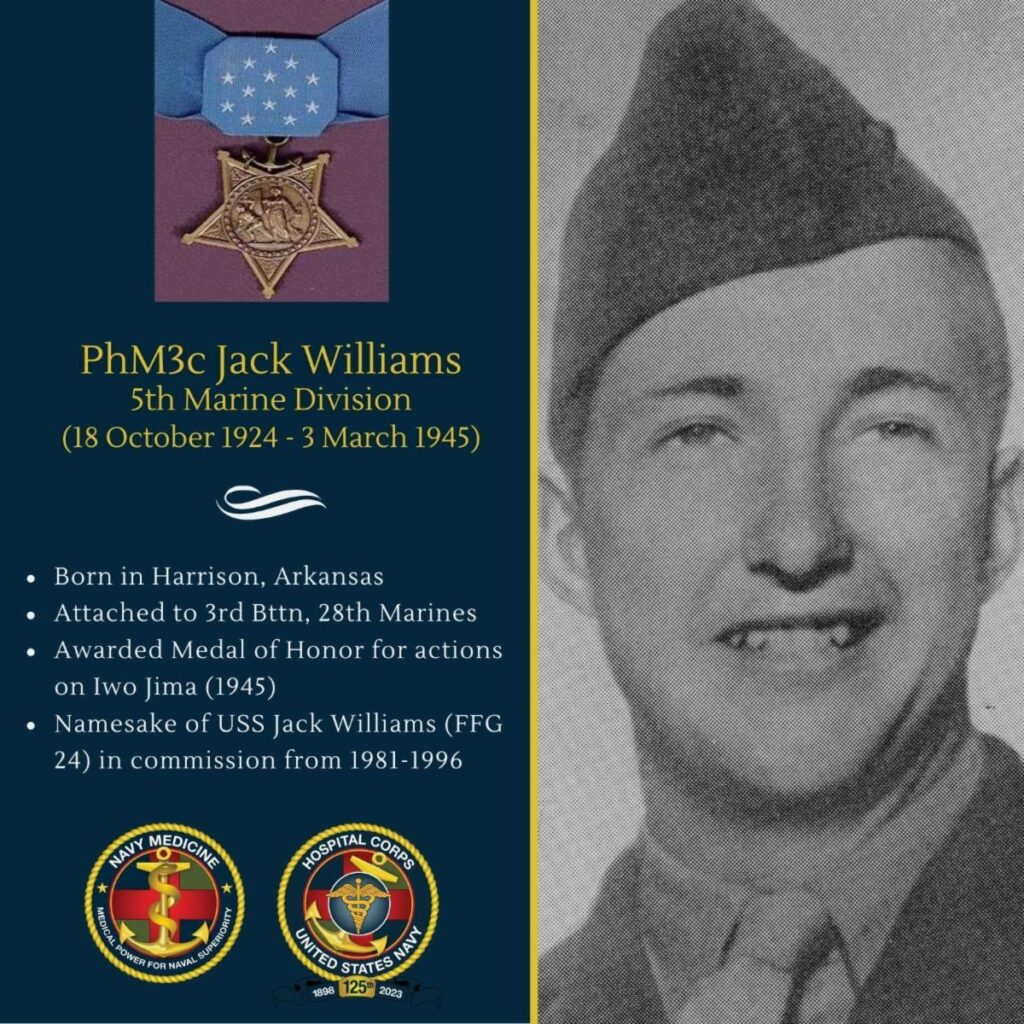
At the website of the Navy’s Bureau of Medicine and Surgery, one finds an article titled “Beyond Heroism: Hospital Corpsmen and the Battle for Iwo Jima,” that captures in a concise expression the courage displayed by the corpsman who went ashore with Marines at Iwo Jima.[i] On the morning of February 19, 1945, Marines of the 4th and 5th Divisions began their assault on Iwo Jima. At first, resistance was light, but when the beaches became crowded with men and equipment, the Japanese defenders of the island set upon the invaders with a deadly attack using artillery, mortars, and rockets. The attack took many casualties, and the corpsmen with the Marines took to the challenge.
Hospital Apprentice First Class James Twedt, a 19-year-old with the 26th Marines, was wounded as he approached some wounded Marines. One of his feet was blown off and the other mangled, yet he dragged himself across the ground to care for two wounded Marines whom he stabilized before being relieved by another corpsman.
Pharmacist’s Mate Third Class Herman Trevor was with a mortar platoon that came under heavy fire. Trevor ran from his sheltered position to care for four wounded Marines. After applying a tourniquet to a Marine who lost a leg, Trevor treated other Marines for hemorrhage and shock before sprinting 75 yards under fire to find a litter team to remove the Marines from the battlefield. Pharmacist’s Mate Third Class Byron Dary was a recipient of a Silver Star for bravery during the Normandy Invasion in 1944. Dary was at Iwo Jima with the task of seeing to the evacuation of casualties. Repeatedly, Dary left cover to collect medical supplies scattered around the beach, but when calls for more corpsmen came, Dary worked to support FMF corpsmen providing emergency medical care, which he did until being killed by enemy fire. Next to Marine litter bearers, corpsmen had the heaviest casualty rate, often being the targets of snipers.
Depending on the battalion, casualty rates among corpsman were between 50% and 68%. Over the course of the battle (36 days), 332 corpsmen were killed in action or died subsequently from wounds, and another 659 corpsmen suffered wounds requiring evacuation. Among the corpsmen in the Battle of Iwo Jima, 14 received Navy Crosses, 108 were awarded Silver Stars, 287 received Bronze Stars, and 4 received Medals of Honor: Francis Junior Pierce, George Wahlen, Jack Williams, and John Willis.
John Willis was a 23-year-old corpsman with the 27th Marines. Sent to an aid station with shrapnel wounds, Willis chose instead to continue treating Marines. While administering plasma to a wounded Marine in a “shell hole,” Willis came under a grenade attack. Eight grenades were lobbed into Willis’ shelter and each one he picked up and threw back at the enemy. A ninth grenade killed Willis and the Marine he was treating. In December of 1945, Secretary of the Navy James Forrestal presented a posthumous Medal of Honor to Willis’ widow and newborn son.
The Medal of Honor citation for Jack Williams reads in part as follows.
For conspicuous gallantry and intrepidity at the risk of his life beyond the call of duty while serving with the 3rg Battalion 28th Marines, 5th Marine Division, during the occupation of Iwo Jima Volcano Islands, March 3, 1945. Gallantly going forward on the frontlines under intense enemy small-arms fire assist a marine wounded in a fierce grenade battle, Williams dragged the man to a shallow depression and was kneeling, using his own body to screen from the sustained fire as he administered first aid, when struck in the abdomen and groin 3 times by hostile rifle fire. Momentarily stunned, he quickly recovered and completed his ministration before applying battle dressings to his own multiple wounds. Unmindful of his own urgent need for medical attention, he remained in the perilous fire-swept area to care for another marine casualty. Heroically completing his task despite pain and profuse bleeding, he then endeavored to make his way to the rear in search of adequate aid for himself when struck down by a Japanese sniper bullet which caused his collapse. Succumbing later as a result of his self-sacrificing service to others, Williams, by his courageous determination, unwavering fortitude and valiant performance of duty, served as an inspiring example of heroism, in keeping with the highest traditions of the U.S. Naval Service. He gallantly gave his life for his country.
Carolina Museum of the Marine
Inaugural Al Gray, Marine Golf Classic
presented by Coastal Enterprises at beautiful Bear Trail Golf Club
444 Harris Creek Rd | Jacksonville, NC 28450
14 June 2024
09:00 AM
benefiting Carolina Museum of the Marine

SAVE THE DATE!
Click here for more information and to register now!
Please join us in supporting the mission of
Carolina Museum of the Marine.
When you give to our annual campaign, you help to ensure that operations continue during construction and when the doors open!
Stand with us
as we stand up the Museum!
Copyright March 2024. Carolina Museum of the Marine
2023-2024 Board of Directors
Executive Committee
LtGen Mark Faulkner, USMC (Ret) – Chair
Col Bob Love, USMC (Ret) – Vice Chair
CAPT Pat Alford, USN (Ret) – Treasurer
Mr. Mark Cramer, JD – Secretary
General Al Gray, USMC (Ret), 29th Commandant
MajGen Jim Kessler, USMC (Ret)
Col Grant Sparks, USMC (Ret)
BGen Kevin Stewart, USMC (Ret), CEO, Ex Officio Board Member
Members
Col Joe Atkins, USAF (Ret)
Col George “Bill” Ayers, USMC (Ret), Emeritus
Mr. Mike Bogdahn, US Marine Corps Veteran
Mr. Keith Byrd, US Marine Corps Veteran
MGySgt Osceola “Oats” Elliss, USMC (Ret)
Mr. Frank Guidara, US Army Veteran
Col Chuck Geiger, USMC (Ret)
Col Bruce Gombar, USMC (Ret)
LtCol Lynn “Kim” Kimball, USMC (Ret)
CWO4 Richard McIntosh, USMC (Ret)
The Honorable Robert Sander, Former Counsel of the Navy
LtGen Gary S. McKissock, USMC (Ret)
Col John B. Sollis, USMC (Ret)
GySgt Forest Spencer, USMC (Ret)
Staff
BGen Kevin Stewart, USMC (Ret), Chief Executive Officer
Ashley Danielson, Civilian, VP of Development
SgtMaj Steven Lunsford, USMC (Ret), Operations Director
CWO5 Lisa Potts, USMC (Ret). Curator


